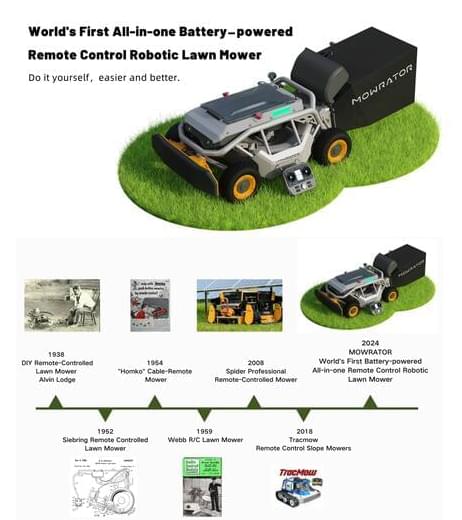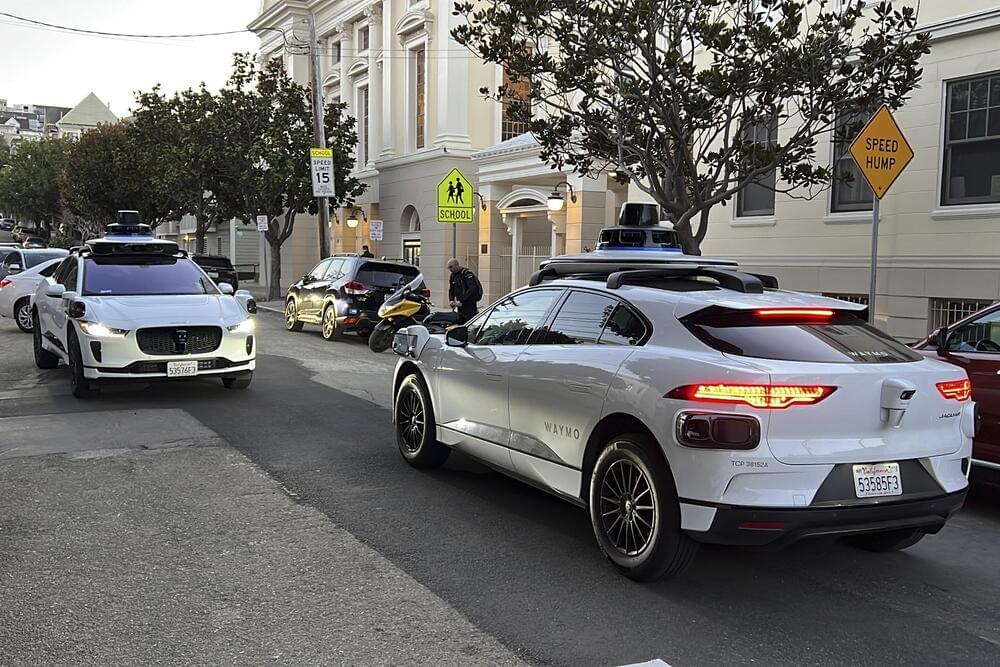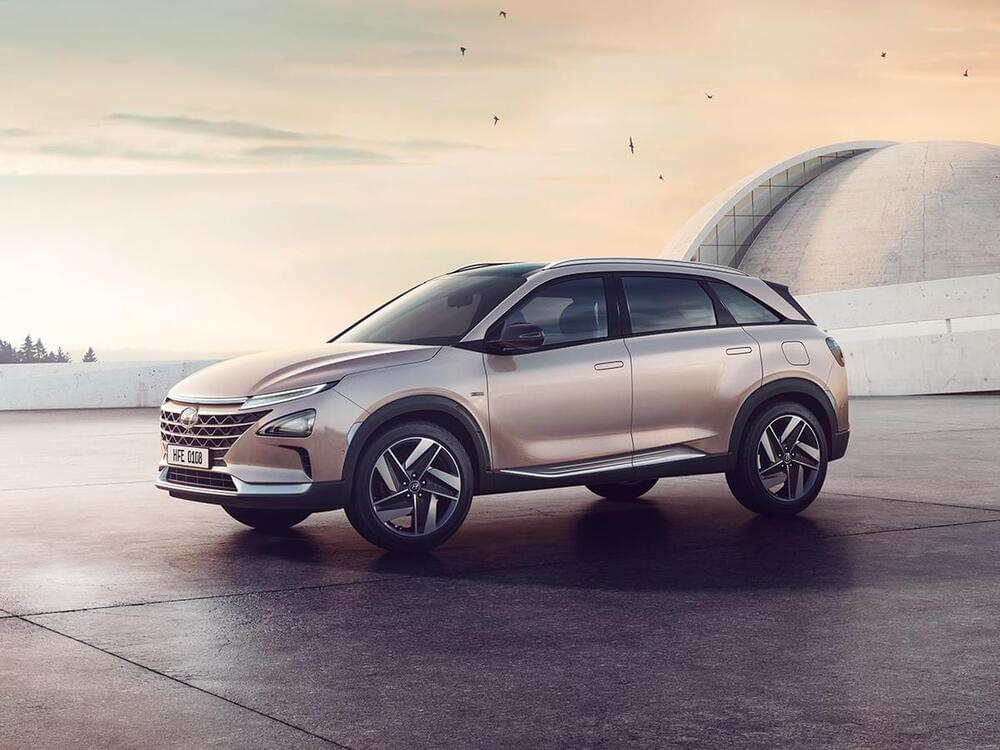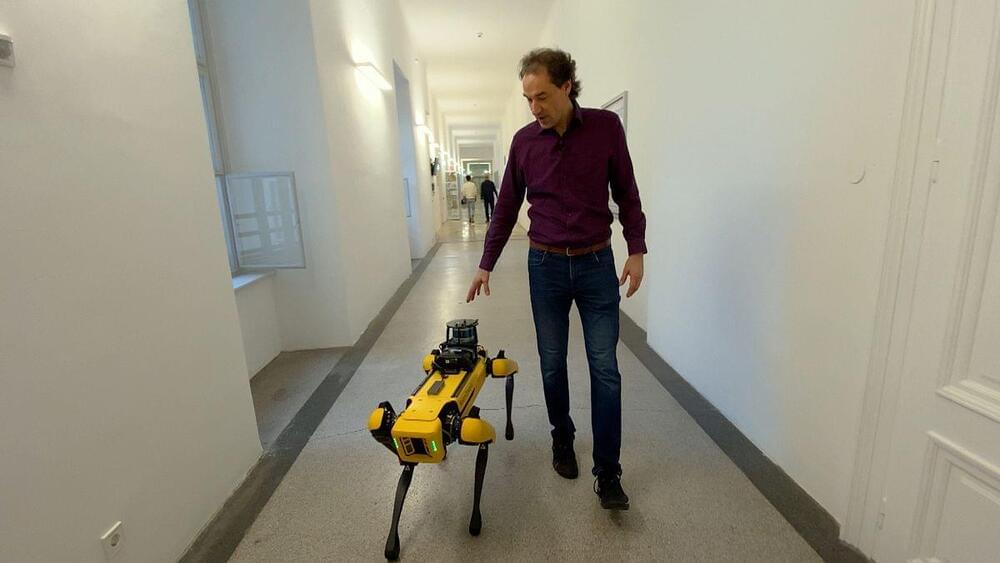Companies that own or operate critical infrastructure increasingly rely on artificial intelligence. Airports use A.I. in their security systems; water companies use it to predict pipe failures; and energy companies use it to project demand. On Thursday, the U.S. Department of Homeland Security will release new guidance for how such companies use the technology.
The document, a compilation of voluntary best practices, stems from an executive order that President Biden signed more than a year ago to create safeguards around A.I. Among other measures, it directed the Department of Homeland Security to create a board of experts from the private and public sectors to examine how best to protect critical infrastructure. The risks run the gamut from an airline meltdown to the exposure of confidential personal information.
Alejandro N. Mayorkas, the homeland security secretary, first convened the board in May. It includes Sam Altman, the chief executive of OpenAI; Jensen Huang, the chief executive of Nvidia; Sundar Pichai, the chief executive of Alphabet; and Vicki Hollub, the chief executive of Occidental Petroleum.







